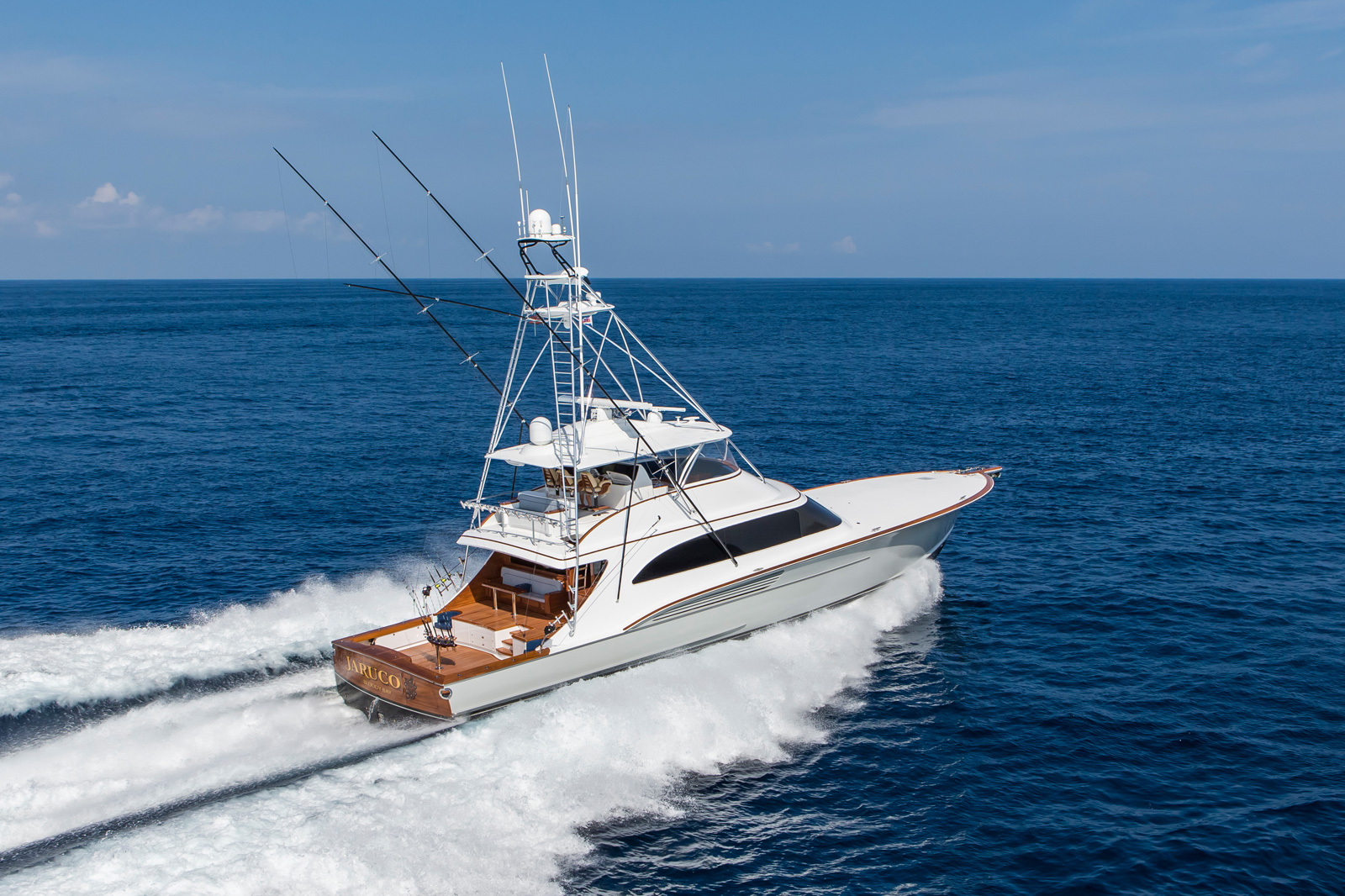offshore boat hull design
The deadrise at the transom is significant because, on a planing hull, only the aft end is consistently in the water. the steeper the deadrise, the better the hull can be expected to slice through waves. some naval architects say a small boat needs at least 21 degrees of transom deadrise to qualify as a deep vee hull. The deep-v hull was developed in the late 1950s and proved to be optimal for high-speed offshore vessels, with transom deadrise of 18 to 24 degrees. boats with less than 18 degrees of transom deadrise are generally considered to have modified-v hulls, offering greater stability than a deep-v at rest and at moderate speeds, but being more prone. Which fishing boat hull design is the best choice, for you? as a general rule of thumb, boats designed for long offshore runs in snotty weather will be deep vs. those more inclined towards use in calmer waters or for shallow-water fishing will have less v. and the smaller a boat is the less able it is to accommodate for stability and weight.

offshore boat hull design If you want a dry boat, it will pound. a bow that cuts the waves produces spray. however, you haven't specified speed. that is the determining factor in hull design. i can suggest many seakindly boats at 10 mph. This unique design concept comes from the drawing board of larry graf, the pioneer who put power catamarans on the map here in the u.s. when he founded glacier bay boats in 1987. his new company, aspen powerboats, employs a cat design where one hull is narrower (35 percent) than the other.
No comments:
Post a Comment